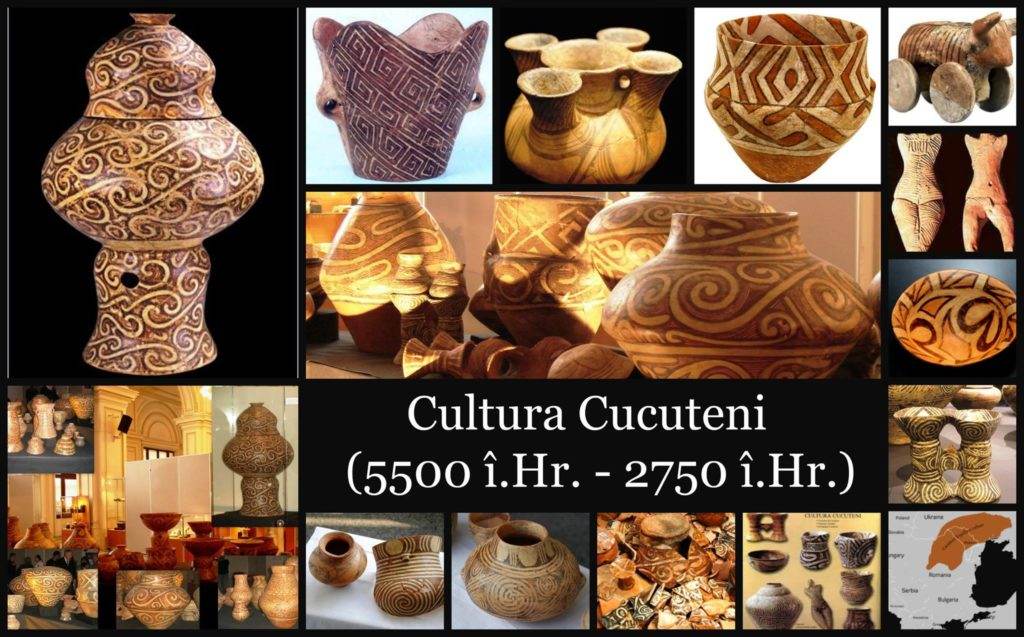Study of protective coatings for ceramic artefacts subjected to UV aging
The Tripoli culture (Cucuteni–Trypillia) is a Neolithic archaeological culture that existed in the area of present-day Ukraine, Romania and Moldova from approximately 5500 – 2750 BC. Tripoli culture is characterized by its ceramics, especially painted vessels and small figurines. Tripoli culture is characterized by its ceramics, especially painted vessels and small figurines.
Ceramic artifacts are often thousands of years old and provide information about a given culture and ancient technologies. However, ceramics of all types are usually subject to physical or chemical degradation. External factors such as water, soluble salts, impacts, friction, frost and, last but not least, mold growth can dramatically affect its appearance and properties. Until recently, the conservation of ceramics was based on procedures intended for stone and glass, and no emphasis was placed on the specific properties of ceramic products.
In this study, a new special polymer nanostructured material is used, which serves as a protective coating to increase the resistance of these ceramic fragments to their aging (not only) due to solar UV radiation. When evaluating the effectiveness of this protection, the study describes in detail the use of this coating, which functions as a very effective protection thanks to specific photochemical transformations at the coating-air interface. The goal of this research was to investigate these transformations at the nanoscale and evaluate the subsequent stability of ceramic artifacts.
The nanoFTIR–SNOM technique with a spatial resolution of up to 10 nanometers (specifically the IR-neaSCOPE+s microscope) was used for a detailed description of events at the nanoscale.

